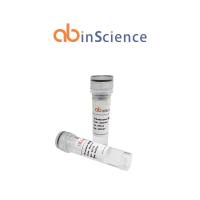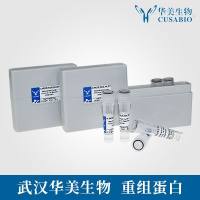Two-Phase Partitioning as a Method for Isolation of Tight Plasma Membrane Vesicles from Saccharomyces cerevisiae and from Chlamydomonas reinhardtii
互联网
314
Plasma membranes from various sources, e.g., higher plants (1 ), green algae (2 ), cyanobacteria (3 ), and yeast (4 ,5 ) have, during the last two decades, been isolated in pure state by the two-phase partitioning method. The aqueous two-phase method is, in addition to being mild, rapid, and reproducible, unique in its ability to separate organelles and membrane vesicles according to surface properties. By this method, membrane vesicles with the same density but different orientation can be separated. These vesicles can be used to establish model systems for studies of transport processes across the plasma membrane. In such membrane vesicles, the mechanism of energy coupling to secondary transport of solutes can be studied in the absence of cellular metabolism, which may otherwise influence the transport mechanism in a complex manner. Furthermore, individual transporters can be characterized in plasma membrane vesicles derived from different mutant strains. By selective disruption of the genes encoding various transporters, the functional properties of the remaining transporters in the membrane can be characterised without laborious purification and reconstitution into liposomes. Thus, isolated plasma membrane vesicles allow for characterization of the individual transporters devoid of their genetic and metabolic regulation.









